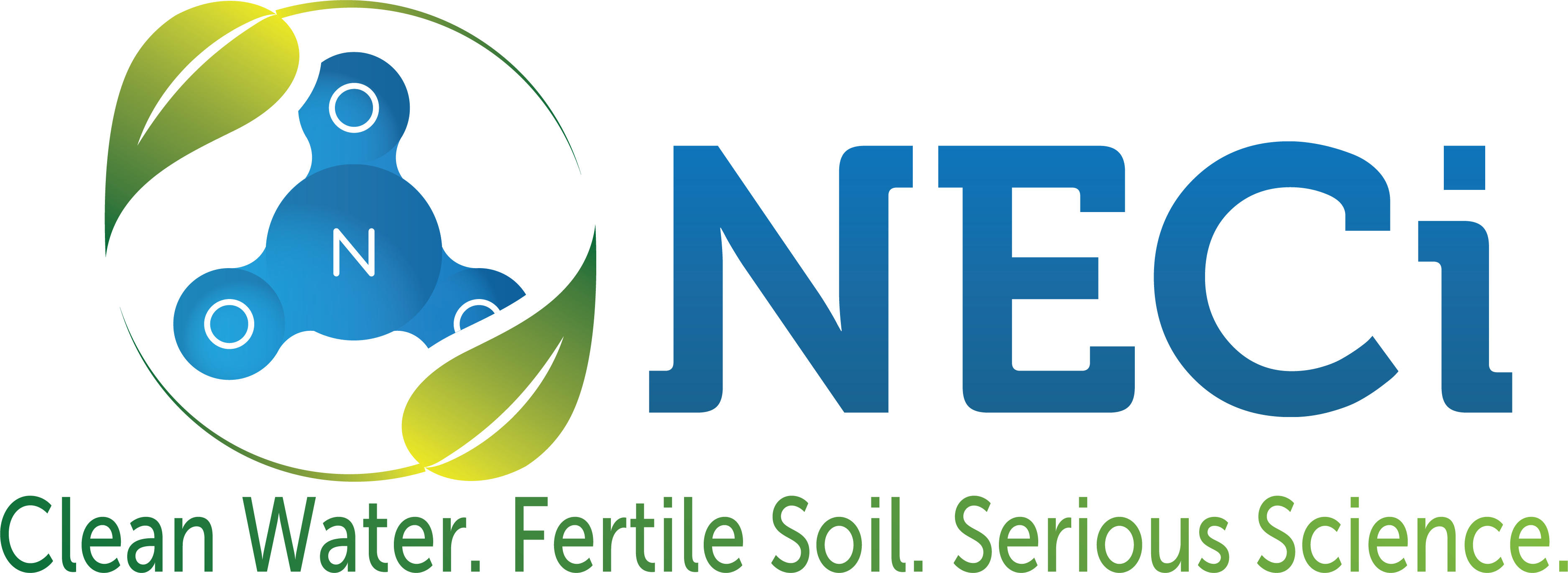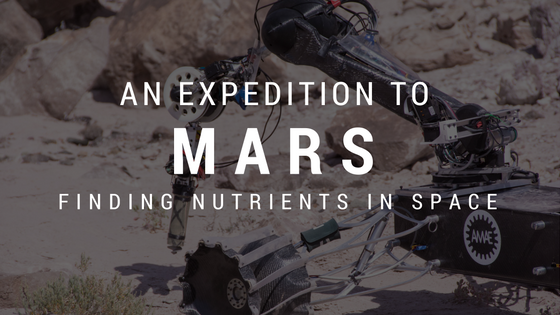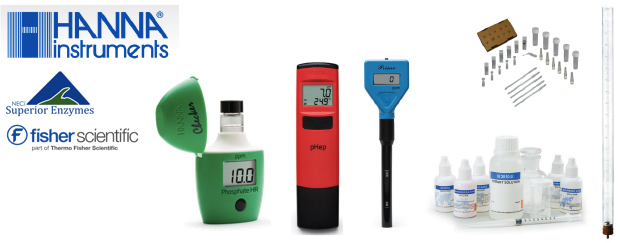The possibility of extraterrestrial life has been one of the human race’s greatest curiosities for centuries. Teams of scientists have been working towards technologies to explore the potential of life on other planets, and one of those teams is the Mars Rover Design Team (MRDT) of Missouri University of Science and Technology (MST).
Thanks in part to NECi’s enzyme-based nitrate kits and the team’s scientific knowledge, their team placed first in the Phobos division this past summer. They also were the recipients of the John Barainca Science Award, given to teams who present a scientific experiment and analysis that goes above and beyond the competition requirements and display a more complex understanding of these principles.
We interviewed Katelyn Brinker, the science team lead to find out more about the competition and how our enzyme based nitrate test kits helped them with their victory. Katie has been involved in the MRDT for 4 years, started out in the science team, and is now the CTO and involved in the building team for developing the MRDT, bringing in & engaging new students. As part of the scientific team, Katie plays an important role in the instruments & experimental design.
Missouri University of Science and Technology’s MRDT began designing a Mars Rover prototype in 2012 and attended their first competition in the summer of 2013. Since 2013, the team has been travelling to the challenge site in early June to practice their routine and get familiarized with their environment. It’s an international competition, with 25-30 teams competing each year. Each team has 4 tasks to complete during the challenge. The teams prep for an entire year and review their plans, set to be completed by February. They’re also judged on a presentation in addition to the tasks.
One of the tasks they’re required to complete is to integrate experiments which could indicate the possibility of life on Mars. Trey, one of their team members, decided that NECi Superior Enzymes nitrate test kits would provide useful knowledge about what’s in the soil during the challenge. They knew that our kits could provide the information that they needed efficiently and most accurately compared to other kits commercially available.
Katie explained that their team worked with many different soil types which greatly varied in composition and moisture content. The soils that they were working with in Utah were very diverse, some were more clay based, some silty.
“Thank you so much for the nitrate kits, they worked great! We were able to use the kits in Utah and detect nitrates in the soil pretty quickly. They were able to provide us with a range of data that could provide us with interesting information on the habitability of the area.” - Alyssa McCarthy, MRDT CFO
They have been preparing for next year’s challenge since this year’s challenge ended. They would like to finish their rover earlier this year so that they can have more time to practice. In the science portion, they plan to continue to explore how to update their systems & methods to move their team forward and advance outer space exploration.




